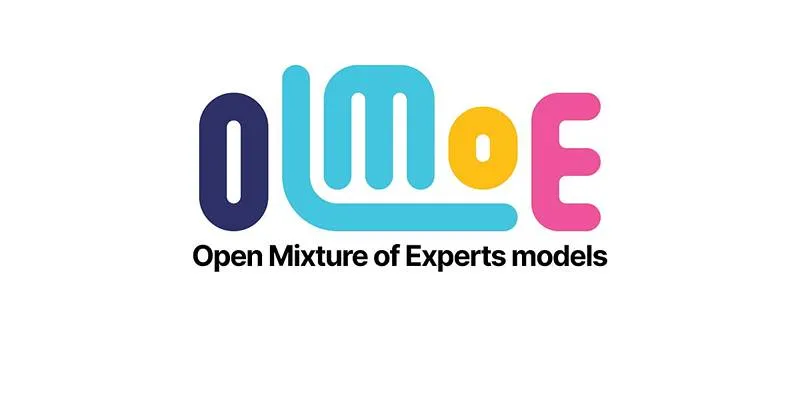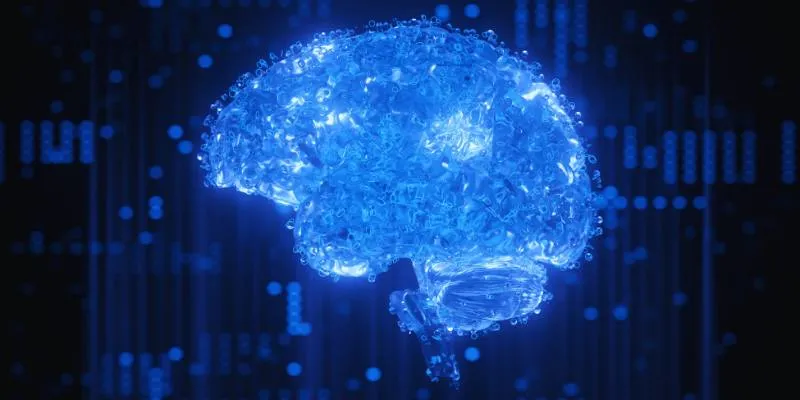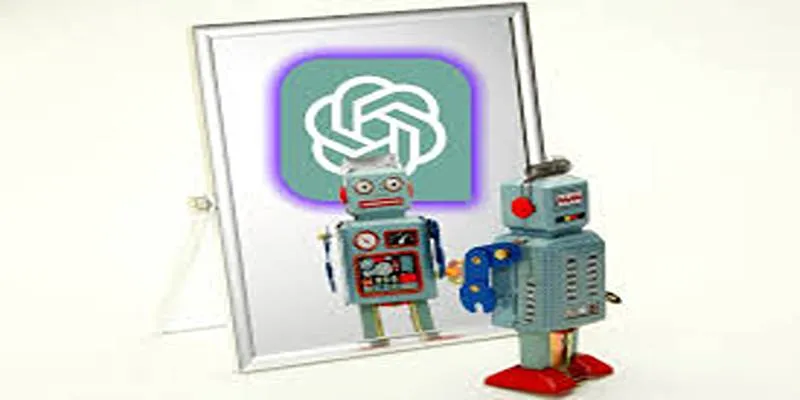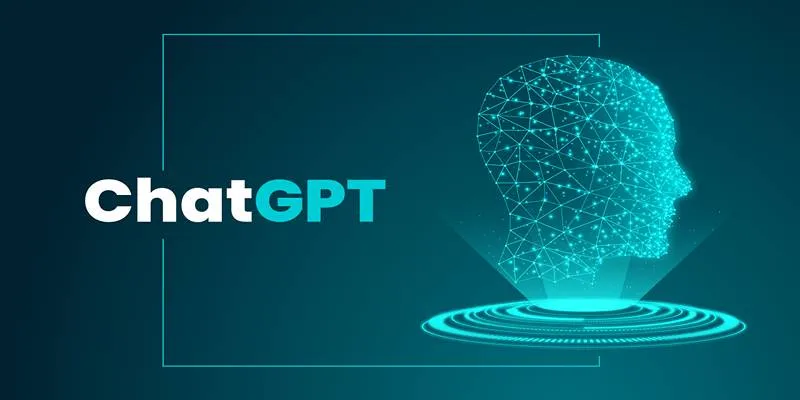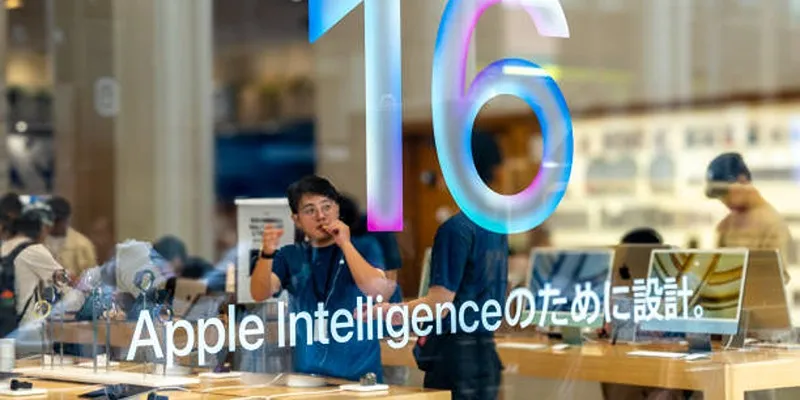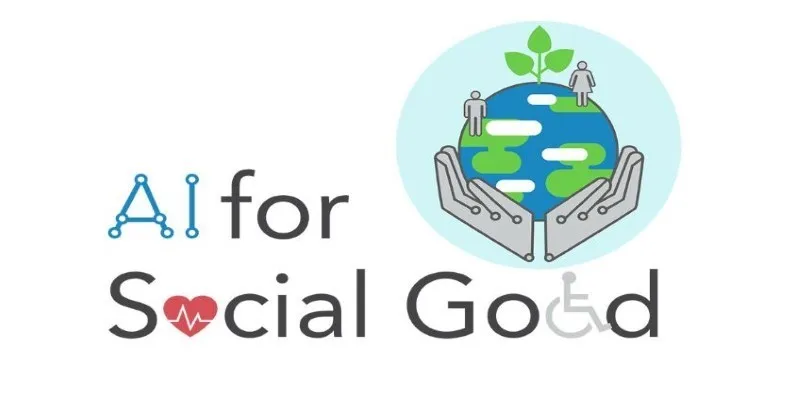Artificial intelligence (AI) has been advancing at a rapid pace, but recent developments in OpenAI’s ChatGPT mark a pivotal moment in how users interact with AI. Once considered merely a smart question-answering tool, ChatGPT has now evolved into something far more complex—it can reason. This shift transforms it from a passive responder into an active thinking partner. It now understands context, analyzes problems, and provides deeper, more meaningful responses.
With its latest update, ChatGPT now demonstrates reasoning capabilities that allow it to analyze problems, carry forward conversations meaningfully, and personalize responses in surprising ways. Rather than simply delivering instant answers, the chatbot now acts more like a thoughtful digital companion, offering insights and building on past exchanges. This post explores three major ways in which ChatGPT’s ability to reason is transforming its usefulness, creating more engaging, productive, and human- like interactions than ever before.
1. Smarter Problem Solving
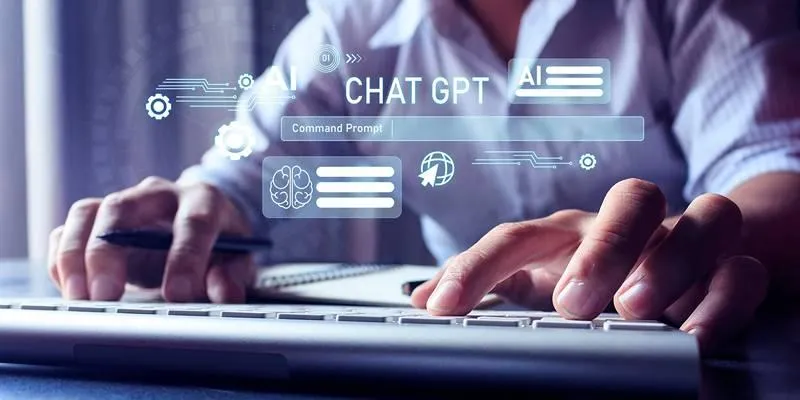
One of the most remarkable outcomes of ChatGPT’s improved reasoning is its enhanced problem-solving skills. Previously, ChatGPT could deliver accurate responses, but often in a one-size-fits-all format. Today, the upgraded version, supported by models like GPT-4-turbo and features such as the o1-preview, allows the AI to work through problems step by step, much like a human assistant would.
For example, consider someone struggling to edit a video using complex software like DaVinci Resolve. After failing to find helpful tutorials or guides online, the user turns to ChatGPT. Instead of spitting out irrelevant links or generic tips, ChatGPT thinks through the issue, evaluates the user’s needs, and offers a step-by-step walkthrough tailored to their level of experience. The session becomes more than just a fix—it becomes a collaborative learning moment.
This same approach can apply to various other contexts:
- A student can work through a difficult algebra problem with the AI, which explains each step clearly, without condescension.
- A developer can debug a section of code and receive intelligent reasoning on where the error might lie and how to improve performance.
- An entrepreneur can describe a business issue, and ChatGPT might suggest practical options based on context, constraints, and user preferences.
This problem-solving ability is not only technically helpful—it brings a sense of interactive, intelligent engagement that mirrors working with a human mentor or colleague.
2. Deeper, More Human Conversations

A second area where reasoning has made a significant difference is in conversation quality. Earlier versions of ChatGPT often felt like a Q&A machine—users asked questions, and the AI responded without much continuity or personality. Now, thanks to its reasoning upgrades and memory features, ChatGPT can engage in long-form, dynamic dialogue.
For instance, a user might casually mention struggling to recall the name of a classical composer. With a few details provided—perhaps the composer is Russian and known for piano concertos—ChatGPT might correctly suggest Prokofiev. But rather than ending the conversation there, the AI now responds with a follow-up question such as, “What draws you to Prokofiev’s music?”
This slight but profound transformation completely alters the interaction. Artificial intelligence demonstrates genuine curiosity, or at the very least convincingly replicates it, and invites users to explore related concepts, deepen discussions, and even lose track of time in interactions that are rich and thought-provoking.
The implications are broad:
- In educational settings, students can have conversational tutoring sessions that feel engaging rather than robotic.
- Writers and artists can brainstorm creative projects in real-time with ChatGPT offering relevant references or new directions.
- Professionals working on long-term tasks can revisit previous discussions, with ChatGPT remembering context and helping to move projects forward.
By offering responses that reflect understanding and continuity, the AI becomes a more reliable and enjoyable conversational partner—one that thinks with the user instead of just responding to them.
3. Truly Personalized Interactions
The third and perhaps most surprising effect of ChatGPT’s reasoning ability is the personalization of conversations. With the Memory feature enabled, ChatGPT begins to collect and store relevant data from past interactions—things like the user’s name, preferred tone, interests, or even previous projects. It allows the chatbot to tailor responses that are not only useful but uniquely relevant to the individual.
Imagine a user who frequently discusses creative writing. Over time, ChatGPT begins to understand the user’s preferred genre, tone, and even common themes in their stories. When asked to help brainstorm a new idea, the AI no longer starts from scratch. Instead, it offers ideas that match the user’s existing style.
Even more compelling is when users ask philosophical or introspective questions such as:
- “What do you think I tend to focus on too much?”
- “What do you see in my personality based on our chats?”
ChatGPT is not conscious; rather, it is able to offer responses that are attentive and aware of the context because it can reflect on patterns established through the history of conversations. Despite being algorithmically generated, these insights can feel profoundly accurate.
In practical terms, this means users can receive:
- Shopping or product advice based on stated preferences
- Project suggestions that reflect prior decisions
- Mental health or lifestyle tips that align with ongoing conversations
These aren’t just gimmicks. When used ethically and thoughtfully, this level of personalization opens the door to smarter productivity, stronger creativity, and richer communication.
Conclusion
ChatGPT’s new ability to reason marks a major shift in how users engage with artificial intelligence. It’s no longer just a tool for quick answers but a thoughtful assistant capable of solving problems, holding deeper conversations, and offering personalized support. These advancements make interactions feel more human, intuitive, and productive.
Whether it’s helping with a technical task, brainstorming creative ideas, or remembering user preferences, ChatGPT now functions like a true collaborator. While responsible use and data awareness remain important, the potential is truly exciting. AI is evolving—and reasoning is the feature that brings it closer to us.
 zfn9
zfn9






